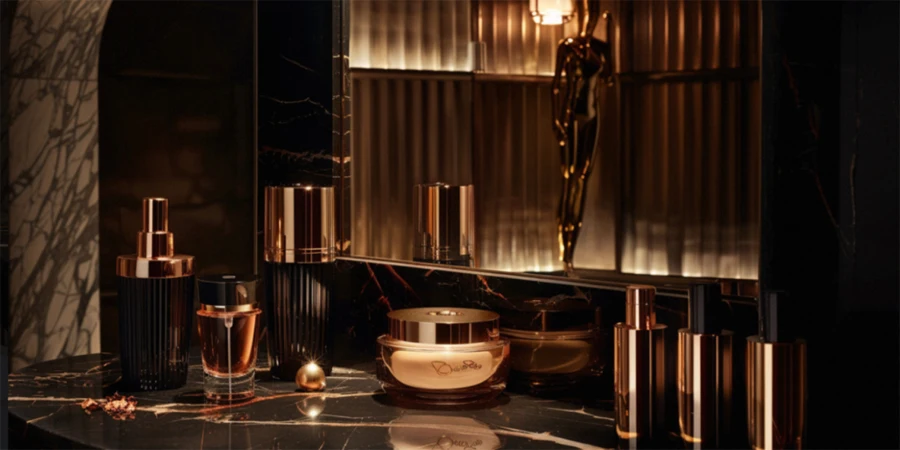In the beauty industry, the emerging trend of “Robust Luxury” combines aesthetics with sustainability and functionality. This trend reflects a shift towards products that not only look great but are also durable and practical, merging seamlessly with consumers’ living spaces and lifestyles.
Table of Contents
● What is Robust Luxury?
● Examples of Robust Luxury in Beauty Products
● Sustainable Practices in Robust Luxury
● Transforming Everyday Items into Luxurious Keepsakes
What is Robust Luxury?
Robust luxury is a design philosophy that marries elegance with endurance, crafting products that not only enhance aesthetic appeal but are built to last. This concept has surfaced as a pivotal trend in the beauty and lifestyle industries, where the appeal of luxury is being redefined to include durability and functionality. Traditionally, luxury items were prized for their exclusivity and ornamental value, but the robust luxury trend shifts the focus towards products that offer practical longevity. This shift caters to a growing consumer base that values sustainability and efficiency alongside traditional luxury.
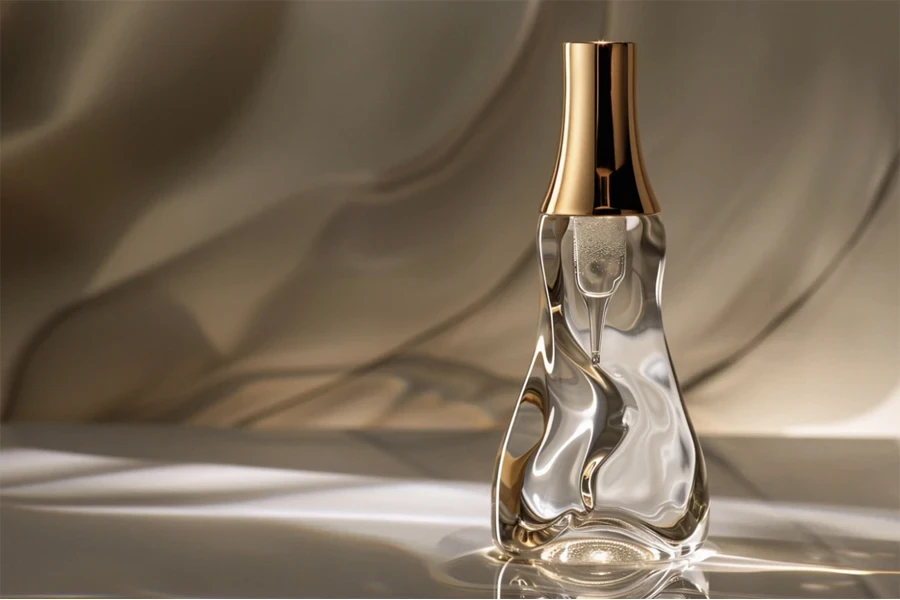
As lifestyles become more dynamic, there is a notable demand for products that seamlessly integrate into various aspects of daily life without sacrificing style or quality. This approach not only meets the consumer’s practical needs but also aligns with increasing environmental consciousness, making robust luxury a contemporary benchmark for product development in the luxury sector.
Examples of Robust Luxury in Beauty Products
One of the standout examples of robust luxury is Soft Services’ Theraplush hand cream. This product exemplifies the dual functionality trend by serving as both a skincare essential and a decorative piece. Its container, designed with a nod to mid-century aesthetics, doubles as a ring holder, making it a permanent fixture on a bedside table rather than just another tube in a drawer. Similarly, the Chinese brand Documents has innovated with a car fragrance diffuser made from durable zinc alloy.
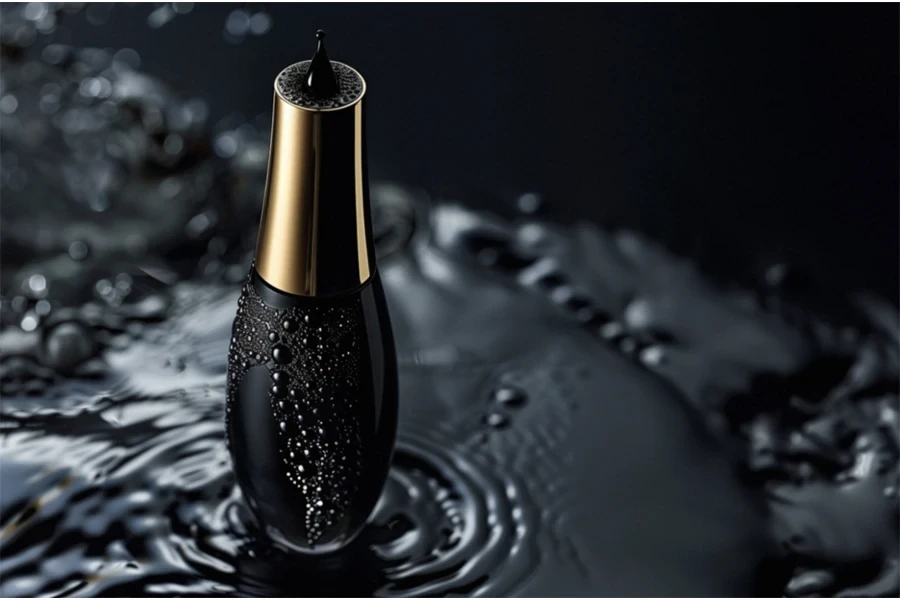
This product offers a stylish and practical upgrade to the everyday car environment, with three unique refillable fragrances that underscore its long-term usability. These examples highlight how beauty products are evolving from disposable commodities into durable, multi-functional pieces that offer more value and integrate more deeply into the consumer’s lifestyle and space.
Sustainable Practices in Robust Luxury
Sustainability forms the backbone of the robust luxury trend. Brands are increasingly adopting refill options and using durable materials to extend the lifespan of their products, thus supporting a sustainable ethos. For instance, Documents’ car fragrance diffuser not only enhances aesthetic appeal with its robust zinc alloy construction but also promotes environmental sustainability through its refillable design. This approach reduces waste and encourages consumers to invest in products that will serve them for a longer period.
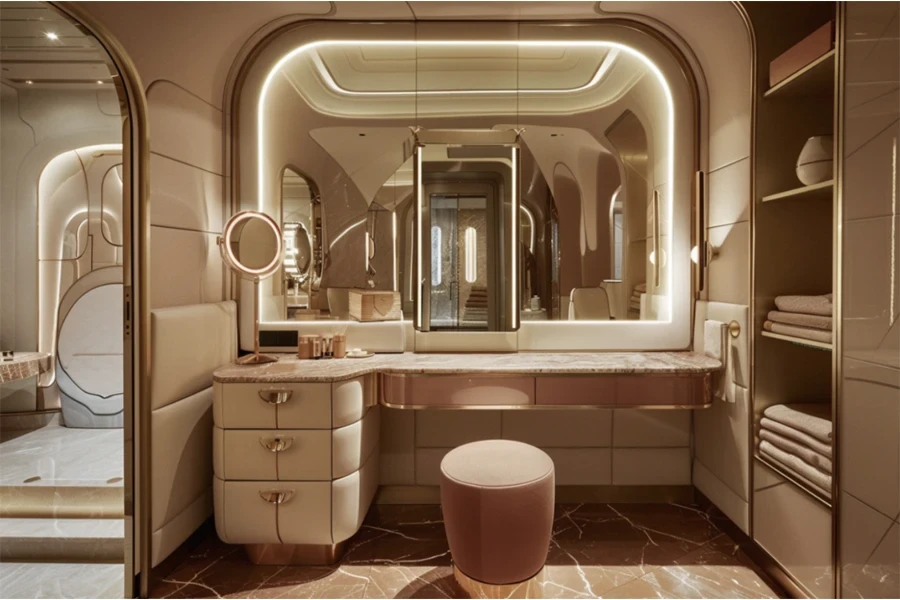
Similarly, Cabinet Health in the US has rethought medicine packaging with functional square glass jars paired with compostable refill sachets. Such innovations are not just about aesthetics and durability; they are about creating a circular economy model in the luxury goods sector, reducing the environmental impact of traditional luxury consumption.
Transforming Everyday Items into Luxurious Keepsakes
The transformation of mundane items into coveted keepsakes is a key element of robust luxury. Brands like Cabinet Health and the UK startup Tabuu are leading this change by redesigning everyday products with a luxurious twist. Cabinet Health’s square glass jars for medicine storage and Tabuu’s sleek, reusable pill cases made from steel are perfect examples of how functional items can become luxurious through thoughtful design and durable materials.
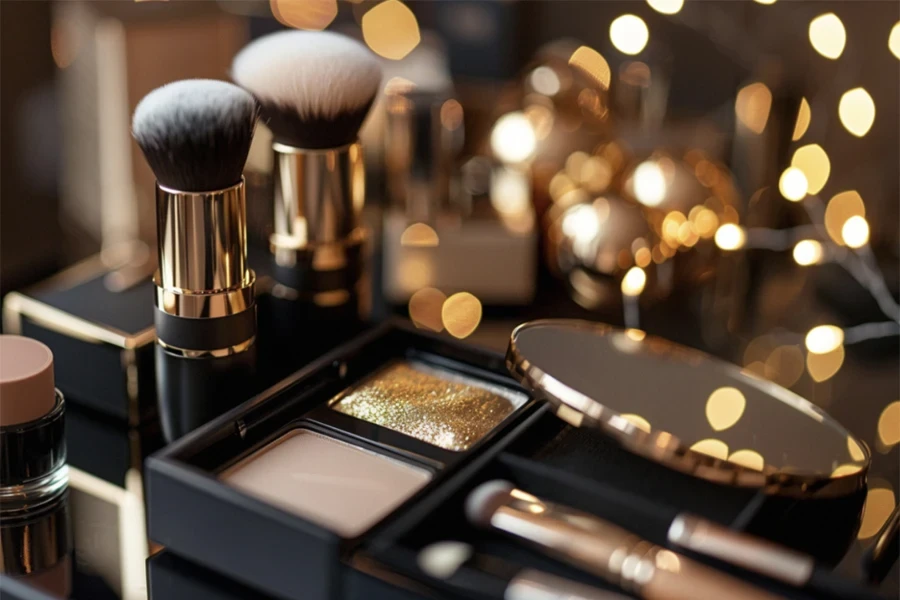
These products elevate the user experience and integrate seamlessly into a luxurious lifestyle, challenging the notion that luxury is only about traditional aesthetics. By reimagining the design and functionality of everyday items, these brands are setting new standards in the luxury market, making everyday beauty and health products not only more stylish but also more sustainable and practical.
Conclusion
The concept of robust luxury marks a transformative shift in the beauty and lifestyle industries, as it redefines traditional luxury to include sustainability, functionality, and durability. This trend caters to the evolving consumer preferences that prioritize products which blend seamlessly into daily life while offering long-term value. As demonstrated by brands like Soft Services, Documents, Cabinet Health, and Tabuu, the integration of hardwearing materials and multifunctional design not only enhances the consumer experience but also contributes to a more sustainable and ethical approach to luxury.
The movement towards robust luxury highlights a broader industry shift where luxury is no longer defined solely by opulence and exclusivity, but by how well products serve their purpose over time and the positive impact they have on the environment. It encourages brands to rethink product design and consumer engagement, paving the way for a future where luxury and practicality are not mutually exclusive but are interdependent. This evolution in luxury goods promises not only to meet the aesthetic and functional needs of modern consumers but also to forge a path toward more responsible consumption and production in the luxury sector. As this trend continues to develop, it will likely set new standards for quality and sustainability that could redefine global luxury markets.
